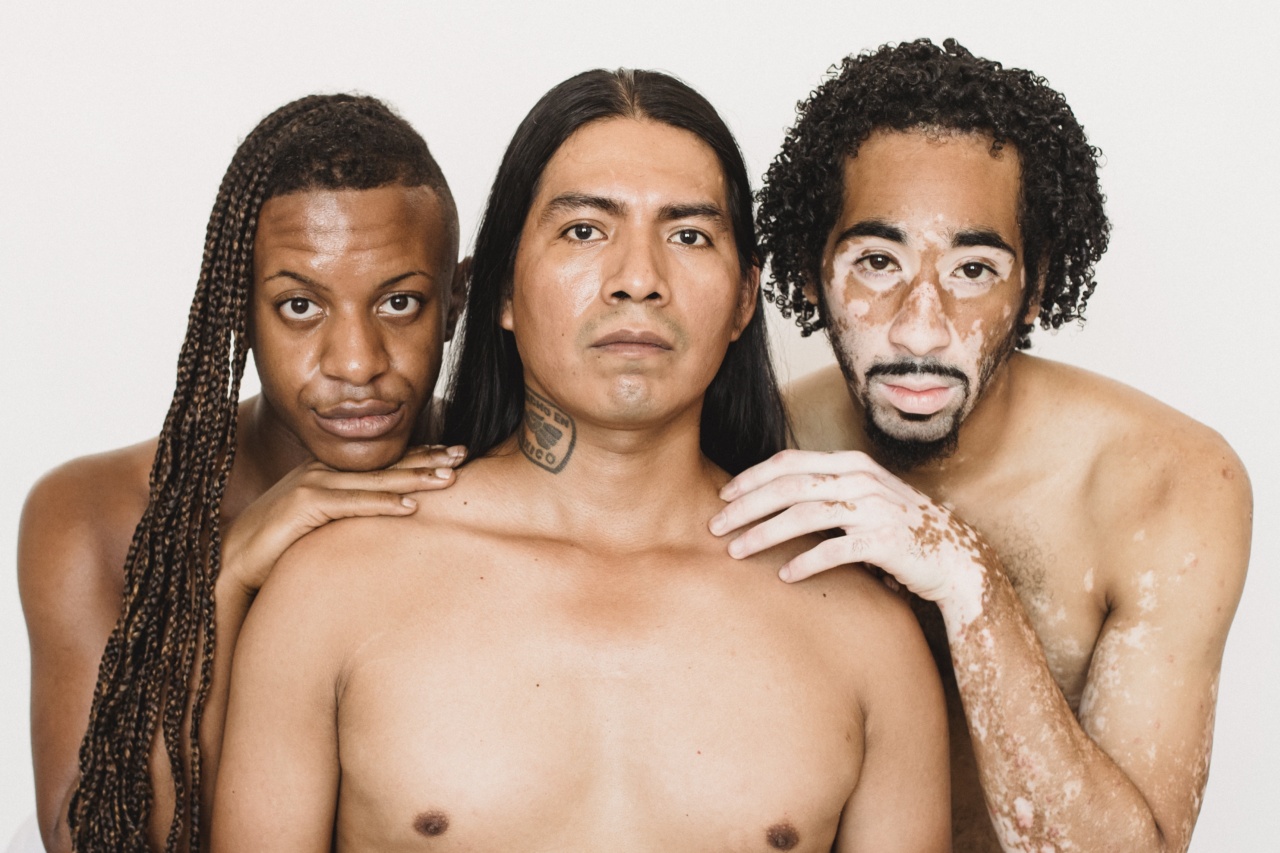The HIV/AIDS pandemic that emerged in the 1980s has drastically changed over the decades, from a death sentence to now being a chronic manageable condition.
Thanks to advances in medical research, antiretroviral therapy (ART) and access to care, people living with HIV can now live healthy and fulfilling lives. However, there are still many challenges that we must address in the fight against this disease in the 21st century.
What is HIV?
HIV (Human Immunodeficiency Virus) is a virus that attacks the immune system, making it hard for the body to fight off infections and diseases. Over time, the immune system weakens and the virus progresses to AIDS (Acquired Immunodeficiency Syndrome).
Antiretroviral therapy (ART)
ART is a combination of medications that suppress the virus, allowing it to become undetectable in the blood. When a person living with HIV has an undetectable viral load, it means the virus is inactive and cannot be transmitted to others.
This is known as U=U (Undetectable = Untransmittable).
Pre-exposure prophylaxis (PrEP) and Post-exposure prophylaxis (PEP)
PrEP is a pill taken daily by HIV-negative individuals to prevent the contraction of HIV. PEP is medication taken within 72 hours of exposure to HIV to prevent the establishment of infection.
Both PrEP and PEP have been proven to be highly effective in reducing the risk of HIV transmission.
The impact of HIV on vulnerable populations
The HIV/AIDS pandemic has disproportionately affected marginalized and vulnerable populations, including gay and bisexual men, transgender individuals, black and Latino communities, people who inject drugs, and sex workers.
Lack of access to healthcare, stigma, discrimination, poverty, and criminalization of these communities have contributed to higher rates of infection and AIDS-related deaths.
HIV stigma and discrimination
HIV stigma and discrimination continue to be major barriers to ending the epidemic. Internalized shame and fear of rejection can lead people living with HIV to avoid testing, treatment, and disclosing their status.
Laws criminalizing HIV non-disclosure or exposure are often used to prosecute people living with HIV, perpetuating stigma and discrimination.
Challenges in the fight against HIV in the 21st century
Despite progress in the fight against HIV, there are still many challenges that we must address in the 21st century. Some of these challenges include:.
- Inadequate access to ART and healthcare in low-income countries and communities.
- Disparities in HIV prevention and healthcare access among marginalized and vulnerable populations.
- Stigma and discrimination against people living with HIV.
- The opioid epidemic and its impact on HIV transmission.
- The impact of COVID-19 on HIV prevention and care.
The future of HIV/AIDS
While there is still work to be done, there have been significant strides made in the fight against HIV. Research continues to explore new treatments and methods of prevention, including long-acting injectable therapy and a potential HIV vaccine.
HIV is no longer a death sentence, but a chronic manageable condition. Ending the epidemic will require addressing disparities in healthcare access and challenges facing vulnerable communities, as well as continuing to fight stigma and discrimination.





























